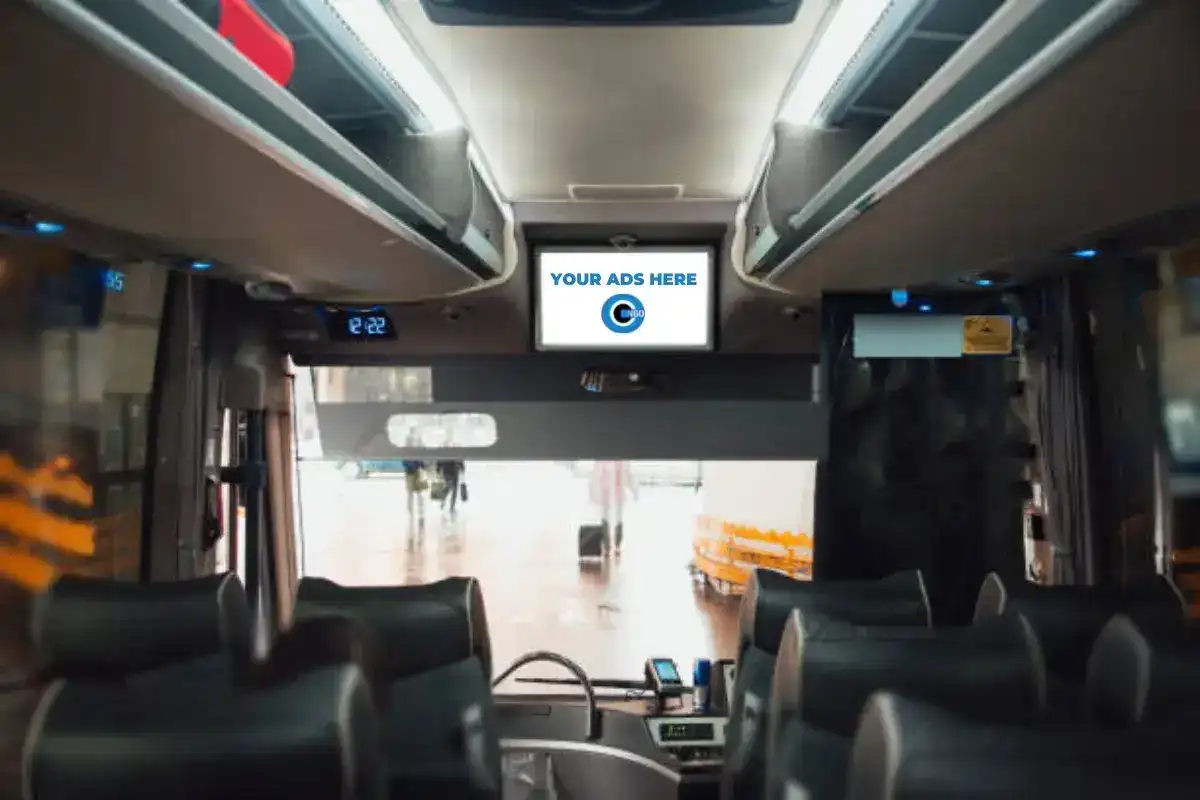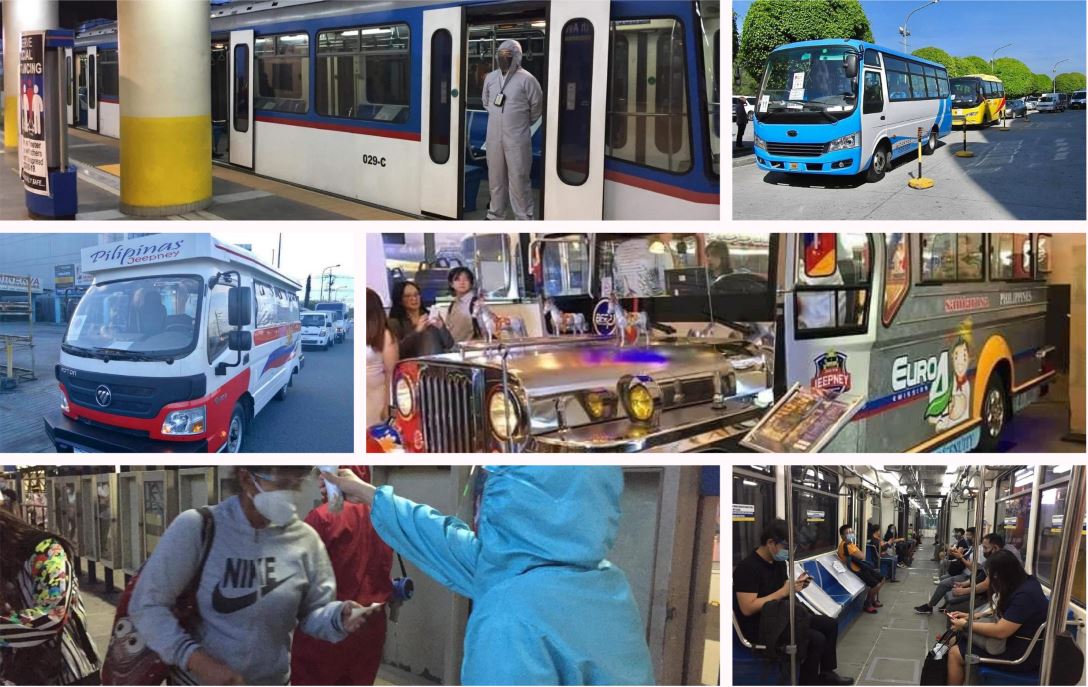Understanding the Function of Transportation Marketing in Enhancing Brand Exposure and Customer Interaction
Transportation marketing has actually become a critical component in the marketing landscape, supplying distinct possibilities for brands to boost their exposure and involve consumers successfully. With the ability to get to a varied and restricted audience during their daily commutes, these advertising techniques are not merely concerning exposure; they are regarding developing meaningful connections with prospective consumers. As we explore the diverse advantages and cutting-edge methods within transportation advertising and marketing, it becomes vital to consider how these aspects jointly influence consumer assumption and actions, questioning regarding their long-lasting influence on brand name commitment.
Definition of Transit Marketing
Transit advertising refers to the practice of promoting products, services, or brands through advertisements placed in and around mass transit systems. This form of advertising encompasses a variety of placements, including posters on buses and trains, digital screens at transit stations, and covers on the exterior of automobiles. It intends to get to a diverse audience, capitalizing on the high foot website traffic linked with public transit.
Transit advertising and marketing is tactically positioned to record the interest of commuters, that commonly spend considerable time waiting or taking a trip. By integrating promotions right into the daily regimens of individuals, brand names can develop a long lasting impression and foster brand acknowledgment. The tool is especially effective in urban settings, where public transport is a main setting of traveling.
In addition, transportation advertising can promote local targeting, enabling businesses to get to certain demographics based on transit courses and station areas. As metropolitan populaces expand and making use of public transport boosts, this marketing method has actually acquired importance as an essential element of incorporated marketing methods. The vibrant nature of transit marketing, incorporated with its ability to involve consumers in a captive setting, underscores its relevance in contemporary marketing techniques.
Benefits of Transit Advertising And Marketing
The efficiency of transportation advertising exists in its ability to supply a wide range of advantages to brands seeking to boost visibility and involvement. One of the key advantages is the comprehensive reach it supplies; transportation ads can successfully target varied demographics across metropolitan locations, reaching both commuters and pedestrians alike. This broad direct exposure considerably enhances brand name understanding.
An additional benefit is the high frequency of impacts. As transportation vehicles travel along recognized routes and quit at several areas, they develop recurring direct exposure that enhances brand name messages. This frequency promotes familiarity, which is important in consumer decision-making.
Transit advertising is also cost-efficient contrasted to various other media platforms. Given its expansive reach and possibility for high impacts, brands typically experience a lower cost per thousand impacts (CPM), optimizing their marketing budget.
Moreover, transportation advertisements can develop a feeling of neighborhood connection. By aligning with neighborhood transportation systems, brand names can reverberate with regional target markets and cultivate a feeling of neighborhood satisfaction. This localized technique improves brand loyalty and interaction, making transit marketing an engaging option for businesses aiming to solidify their existence out there.

Effective Approaches for Transit Projects
To make best use of the effect of transit projects, brands should utilize tactical preparation and execution customized to their target audience. Initially, identifying the market characteristics of the target market using public transportation is essential. This permits brands to produce personalized messaging that reverberates with potential clients.
Following, choosing the right transit tools is essential. Whether using bus covers, train posters, or electronic screens, each tool has unique benefits that can boost exposure. For example, lively visuals on bus covers can stand out, while electronic advertisements can be updated frequently to reflect prompt promos.
Additionally, incorporating a natural branding strategy across transportation systems makes certain consistency and strengthens the brand's identification. browse around this site Making use of memorable taglines and attractive styles will certainly strengthen brand name recall amongst travelers.
By employing these strategies, brand names can effectively harness the potential of transit marketing, cultivating greater awareness and connection with their target audience. Inevitably, a well-executed transportation project can drive significant growth in brand name visibility and customer interaction.

Determining Effect and Interaction
In evaluating the effectiveness of transportation advertising and marketing projects, precise measurement of influence and involvement is necessary for brands seeking to maximize their advertising and marketing methods. Metrics such as reach, regularity, and impressions supply foundational data to examine presence. Examining these elements assists identify how many potential clients are subjected to the advertisements throughout their day-to-day commutes.
Interaction can be additional gauged through consumer interactions, such as website web traffic, social networks discusses, and direct responses to calls-to-action included in the ads. Utilizing tools like QR codes or unique Links can assist in tracking of consumer behavior directly linked to transportation campaigns. Studies and comments mechanisms likewise act as valuable techniques to collect qualitative information on consumer understandings and recall of the promotion.
Furthermore, progressed analytics and acknowledgment models can correlate transit direct exposure with succeeding buying habits, supplying insights into the roi. By employing a thorough approach that integrates qualitative and quantitative procedures, brand names can create a nuanced understanding of their transit marketing influence. Ultimately, this data-driven method makes it possible for brands to fine-tune their projects, guaranteeing they resonate successfully with target audiences and boost overall brand name exposure.
Instance Studies of Successful Projects
Effective transportation marketing campaigns act as engaging examples of how reliable strategies can raise brand name presence and interaction. Transit Advertising Philippines. One significant case is the "I Love New york city" campaign, which changed the city's image and brought in millions of vacationers. redirected here By utilizing metro advertisements, billboards, and bus wraps, the project produced a strong, cohesive brand name identification, leading to a considerable uptick in tourist and regional company patronage
Another excellent project is Coca-Cola's "Share a Coke" campaign, which leveraged transportation marketing to individualize the brand experience. By featuring prominent names on marketing materials across various transportation systems, Coca-Cola cultivated a much deeper emotional connection with customers, urging them to share their experiences on social media.
Furthermore, the "Got Milk?" campaign properly used public transport ads to get to a broad target market, enhancing the message of the value of milk in a well balanced diet plan. The project saw a measurable rise in milk consumption in target demographics.
These case researches illustrate that when implemented thoughtfully, transit advertising and marketing can dramatically boost brand name presence, foster consumer involvement, and drive measurable outcomes, showing its important role in modern advertising approaches. - Transit Advertising Philippines
Verdict
In verdict, transportation advertising serves as an essential device for improving brand name visibility and cultivating consumer interaction. Ultimately, the capacity to gauge involvement and evaluate effective instance research studies underscores the effectiveness of transit advertising and marketing in driving brand loyalty and customer interactions.
Transportation marketing has actually emerged as a critical element in the marketing landscape, supplying unique opportunities for brands to elevate their exposure and involve customers successfully.Furthermore, transportation marketing can assist in local targeting, permitting businesses to get to details demographics based on transportation why not try these out paths and terminal places.In reviewing the performance of transit advertising campaigns, precise dimension of impact and engagement is essential for brand names seeking to enhance their advertising strategies.Effective transportation marketing projects offer as engaging instances of just how efficient techniques can boost brand exposure and interaction.In final thought, transit marketing serves as an important device for boosting brand name visibility and promoting customer engagement.